Computational Contact and Impact Mechanics
�
Springer-Verlag Berlin Heidelberg GmbH
Engineering
ONLlNE LIBRARY
http://www.springer.de/engine/
�
Tod A. Laursen
Computational Contact
and Impact Mechanics
Fundamentals of Modeling Interfacial Phenomena
in Nonlinear Finite Element Analysis
1 st ed. 2002, COIT. 2nd printing
With 147 Figures and 6 Tables
•
Springer
�
Professor Tod A. Laursen
Department of Civil and Environmental Engineering
Pratt School of Engineering
Duke University
Box 90287
Durham, NC 27708-0287
USA
ISBN 978-3-662-04864-1 (eBook)
ISBN 978-3-642-07685-5
DOl 10.1007/978-3-662-04864-1
Cata10ging-in -Publication Data applied for
Bibliographic information published by Die Deutsche Bibliothek. Die Deutsche Bibliothek lists this
publication in the Deutsche Nationalbibliografie; detailed bibliographic data is available in the
Internet at .
This work is subject to copyright. All rights are reserved, whether the whole or part of the material is
concerned, specifically the rights of translation, reprinting, reuse of illustrations, recitation, broadcasting,
reproduction on microfilm or in other ways, and storage in data banks. Duplication of this publication
or parts thereof is permitted only under the provisions of the German Copyright Law of September 9,
1965, in its current version, and permission for use must always be obtained from Springer-Verlag.
Violations are liable for prosecution under German Copyright Law.
http://www.springer.de
© Springer-Verlag Berlin Heidelberg 2003
Originally published by Springer-VerJag Berlin Heidelberg New York in 2003.
Softcover reprint of the hardcover 1st edition 2003
The use of general descriptive names, registered names, trademarks, etc. in this publication does not
imply, even in the absence of a specific statement, that such names are exempt from the relevant
protective laws and regulations and therefore free for general use.
Typesetting: Camera ready by authors
Cover-design: Medio, Berlin
Printed on acid-free paper 62/3020 hu - 543210 -
�
To my boys, Orin and Colin, and to my wife, Jennifer
�
Preface
Many physical systems require the description of mechanical interaction
across interfaces if they are to be successfully analyzed. Examples in the
engineered world range from the design of prosthetics in biomedical engi
neering (e.g., hip replacements); to characterization of the response and
durability of head/disk interfaces in computer magnetic storage devices; to
development of pneumatic tires with better handling characteristics and
increased longevity in automotive engineering; to description of the adhe
sion and/or relative slip between concrete and reinforcing steel in structural
engineering. Such mechanical interactions, often called contact/impact in
teractions, usually necessitate at minimum the determination of areas over
which compressive pressures must act to prevent interpenetration of the
mechanical entities involved. Depending on the application, frictional be
havior, transient interaction of interfaces with their surroundings (e.g., in
termittent stick/slip), thermo-mechanical coupling, interaction with an in
tervening lubricant and/or fluid layer, and damage of the interface (i.e.,
wear) may also be featured. When taken together (or even separately!),
these features have the effect of making the equations of mechanical evolu
tion not only highly nonlinear, but highly nonsmooth as well.
While many modern engineering simulation packages possess impressive
capabilities in the general area of nonlinear mechanics, it can be contended
that methodologies typically utilized for contact interactions are relatively
immature in comparison to other components of a nonlinear finite element
package, such as large deformation kinematics, inelastic material modeling,
nonlinear equation solving, or linear solver technology. The result of this
situation appears to be that when designers and analysts wish to use "off
�
viii
Preface
the shelf' software to characterize a contact/impact system of interest,
they either find the contact capability to be considerably less robust and/or
accurate than the remainder of the analysis system, or even worse, they find
available formulations for contact/impact to be inadequate for their needs.
Much of the reason for this situation can be attributed to a simple truth:
contact and friction problems are difficult to solve, since they are highly
nonlinear and nonsmooth, and the machinations required to treat them in
practice are not always aesthetically pleasing. However, as is often the case
in computational mechanics, a successful algorithmic strategy for a rather
specialized application can usually be achieved if the engineering analyst
and the algorithmic developer have significant shared knowledge of the un
derlying mathematical structure of the problem, of the issues involved in
its computational approximation, and of the physics relevant to the system
at hand. The situation is somewhat analogous to that which exists in con
stitutive modeling of materials, where practitioner and developer must use
the common languages of continuum mechanics and finite element technol
ogy to develop a reliable computational description of measured material
behavior. The success of this collaborative approach, however, depends crit
ically on the existence of a common understanding of the problem at hand,
which arguably does not exist for contact interactions to the degree it does,
for example, for computational inelasticity. It is to the development of this
common "knowledge base," which will enable the advancement of interface
science in computational solid and structural mechanics, that this work is
dedicated.
Accordingly, while this book has been conceptualized as a research mono
graph on a rather specialized subject, it became clear during its evolution
that it should also contain a useful introduction to computational nonlinear
mechanics, such that a non-specialist in computational methods could ac
cess the material without the need to consult a multitude of other sources.
Accordingly, the book proceeds from a rather terse but reasonably detailed
introductory treatment of computational nonlinear solid mechanics; to a
thorough description of the continuum mechanics, problem formulation,
variational framework, and finite element implementation of modern con
tact mechanics algorithms; to a comprehensive presentation of the emerging
trends of computational contact mechanics, encompassing such topics as
tribological complexity, thermomechanical coupling on interfaces, energy
momentum treatment of transient impact events, and new techniques for
spatial discretization of contact phenomena.
I owe an enormous debt of gratitude to several research sponsors, indus
trial and government collaborators, faculty colleagues, and graduate stu
dents who have contributed immensely to my understanding of this subject,
and who in many cases contributed directly to the results presented in this
book. In particular, portions of this work were partially supported by the
National Science Foundation under grant numbers MSS-9308486 (Research
Initiation Award) and CMS-9703356 (Career Award), and by the Office of
�
Preface
ix
Naval Research under Young Investigator Award NOOOl4-97-1-0529. These
funding sources are gratefully acknowledged. Sandia National Laboratories
funded aspects of this work under two contracts, AN-9563 and BD-3742,
and also graciously hosted me for a faculty sabbatical in the spring of 2001,
during which time some of the work in Chapter 8 was fleshed out in col
laboration with Dr. Martin Heinstein of SNL. This support, which includes
as a major component Martin's friendship and continued collaboration, is
likewise very gratefully acknowledged. I would like to recognize also the
collaboration and assistance received from Dr. Michael Puso of Lawrence
Livermore National Laboratory, with whom the three dimensional smooth
ing algorithms in Chapter 8 were developed, and whose work contributed
greatly to the discussion of mortar methods given in that chapter.
Several other collaborators and research sponsors should be acknowl
edged for similar reasons, including: Dr. Peter Raboin of Lawrence Liver
more National Laboratory; Drs. Harold Morgan, Frank Mello, Sam Key and
Steven Attaway of Sandia National Laboratories; Dr. Bradley Maker, for
merly of Lawrence Livermore and now at LSTC, Inc.; Drs. Joop Nagtegaal
and David Fox of Hibbitt, Karlsson and Sorensen, Inc.; Dr. Ric Mousseau,
formerly of Ford Motor Company and now at the University of Toledo;
Drs. John Melson and Jean-Marc d'Harcourt of Michelin Tire Company;
Professors Sanjay Govindjee, Francisco Armero, and Robert Taylor of the
University of California at Berkeley; Dr. Todd McDevitt, formerly my post
doctoral colleague at Duke University and currently at MDI, Inc.; and Pro
fessors Lawrence Virgin, John Dolbow, Lori Setton and Farshid Guilak of
Duke University. Current and former students of mine who contributed to
this work include Drs. Victor Oancea, Vikas Chawla, Garrett Love, and
Xiaonong Meng, as well as Renuka Srinivasan, Vivek Padmanabhan and
!linca Stanciulescu-Panea. I am particularly proud of and grateful for the
contributions of these participants in my research group over the past few
years.
I am grateful to the administration of my home institution, Duke Univer
sity, for granting my sabbatical during the 2000-2001 academic year, during
which most of the work on this project was completed. Additionally, I want
to say a special word of thanks to my family, Jennifer, Orin, and Colin, for
their patience and understanding during the many evenings and weekends
where my attention and time were devoted to this project rather than to
other potential family activities. I love them and am proud of them, and
they have inspired me in ways they do not fully realize.
Finally, I especially wish to acknowledge the extraordinary mentorship,
instruction, and friendship I received from the late Juan C. Simo of Stan
ford University, from the time I first walked into his office as a beginning
Master's student (looking for help with indicial notation!) in September
of 1986, until his untimely and tragic death from cancer in October of
1994. As has been extensively documented by many others, Juan's profes
sional genius transformed the manner in which our field thinks about such
�
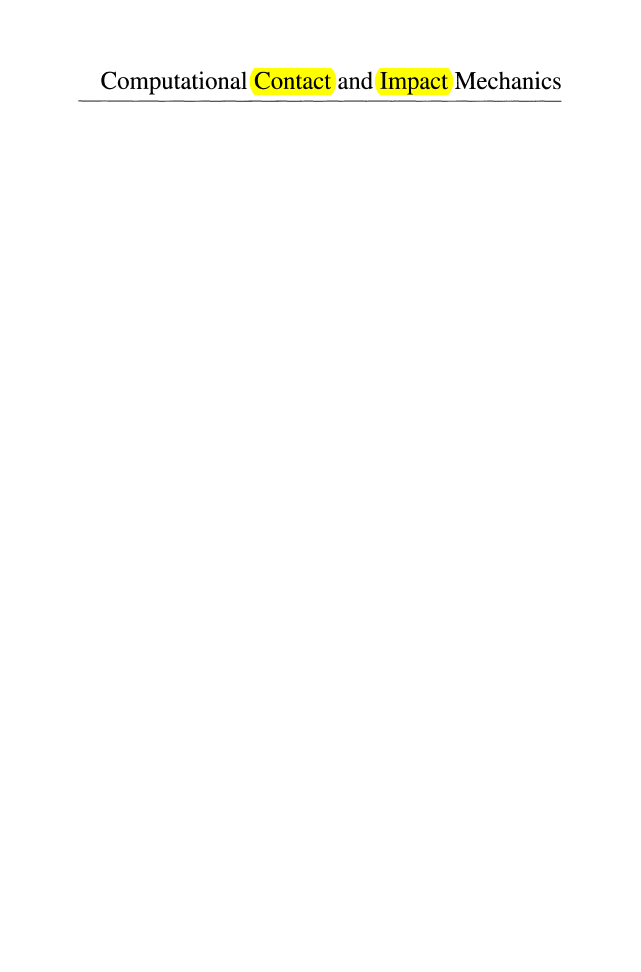
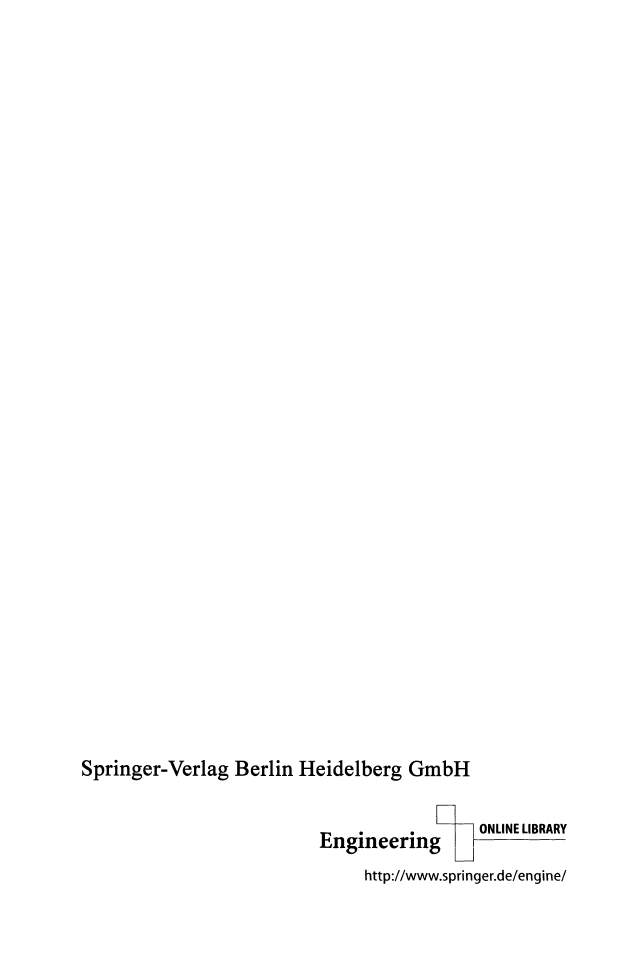
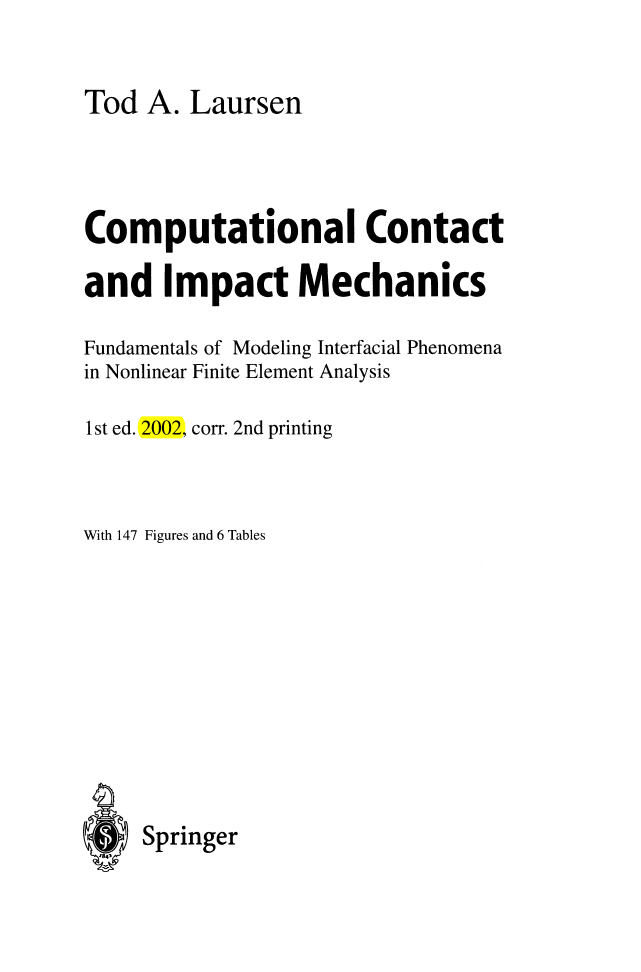

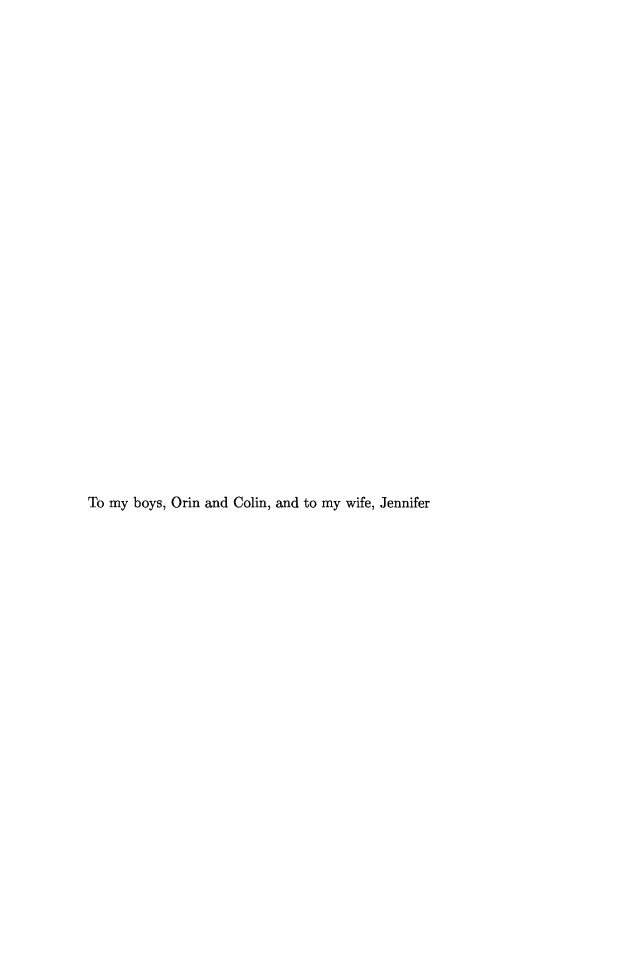
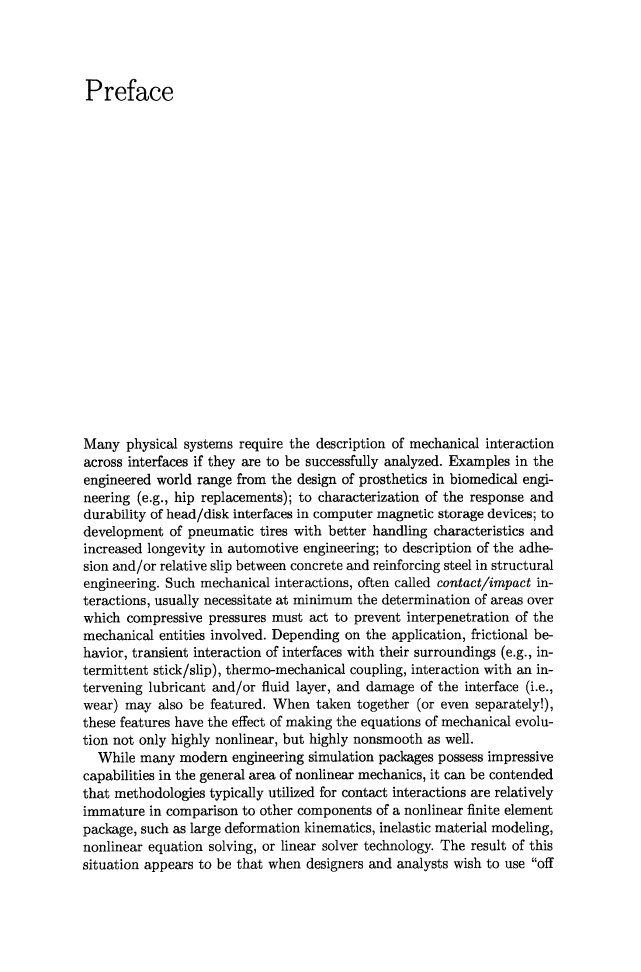
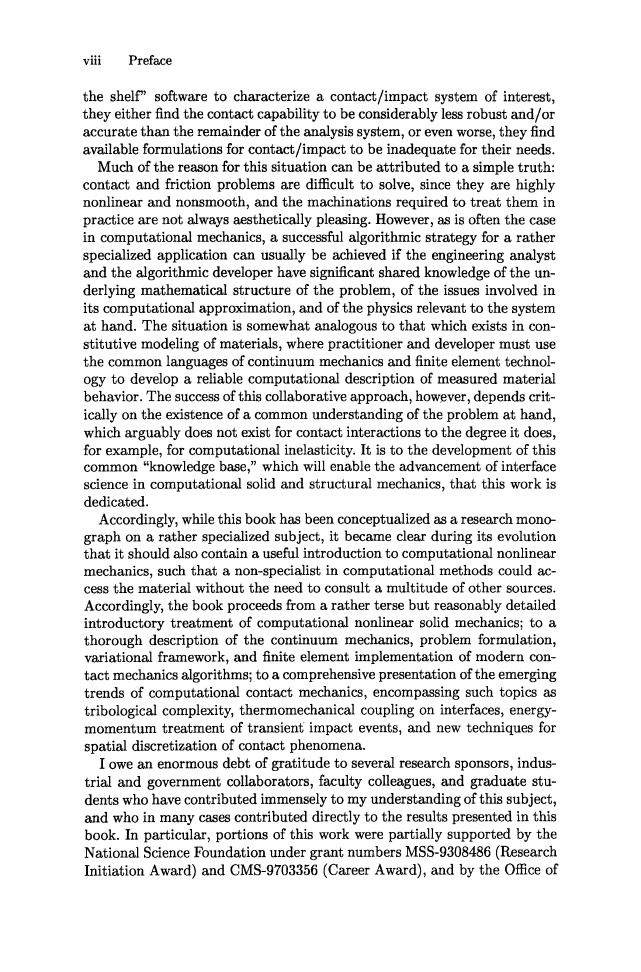
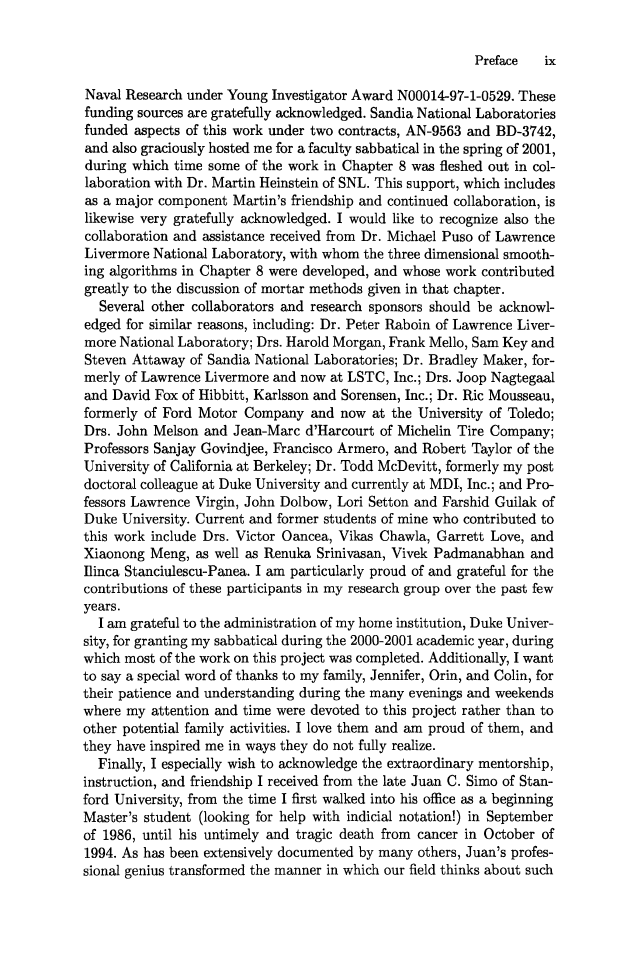








 2023年江西萍乡中考道德与法治真题及答案.doc
2023年江西萍乡中考道德与法治真题及答案.doc 2012年重庆南川中考生物真题及答案.doc
2012年重庆南川中考生物真题及答案.doc 2013年江西师范大学地理学综合及文艺理论基础考研真题.doc
2013年江西师范大学地理学综合及文艺理论基础考研真题.doc 2020年四川甘孜小升初语文真题及答案I卷.doc
2020年四川甘孜小升初语文真题及答案I卷.doc 2020年注册岩土工程师专业基础考试真题及答案.doc
2020年注册岩土工程师专业基础考试真题及答案.doc 2023-2024学年福建省厦门市九年级上学期数学月考试题及答案.doc
2023-2024学年福建省厦门市九年级上学期数学月考试题及答案.doc 2021-2022学年辽宁省沈阳市大东区九年级上学期语文期末试题及答案.doc
2021-2022学年辽宁省沈阳市大东区九年级上学期语文期末试题及答案.doc 2022-2023学年北京东城区初三第一学期物理期末试卷及答案.doc
2022-2023学年北京东城区初三第一学期物理期末试卷及答案.doc 2018上半年江西教师资格初中地理学科知识与教学能力真题及答案.doc
2018上半年江西教师资格初中地理学科知识与教学能力真题及答案.doc 2012年河北国家公务员申论考试真题及答案-省级.doc
2012年河北国家公务员申论考试真题及答案-省级.doc 2020-2021学年江苏省扬州市江都区邵樊片九年级上学期数学第一次质量检测试题及答案.doc
2020-2021学年江苏省扬州市江都区邵樊片九年级上学期数学第一次质量检测试题及答案.doc 2022下半年黑龙江教师资格证中学综合素质真题及答案.doc
2022下半年黑龙江教师资格证中学综合素质真题及答案.doc